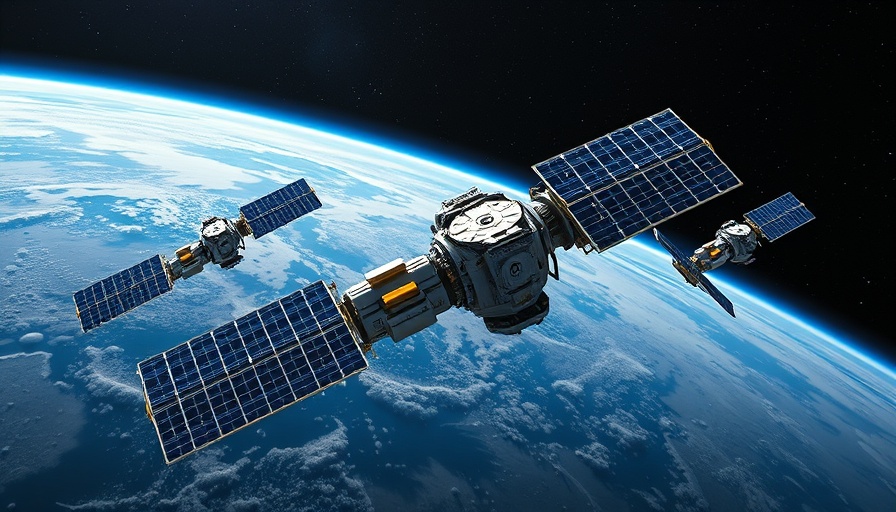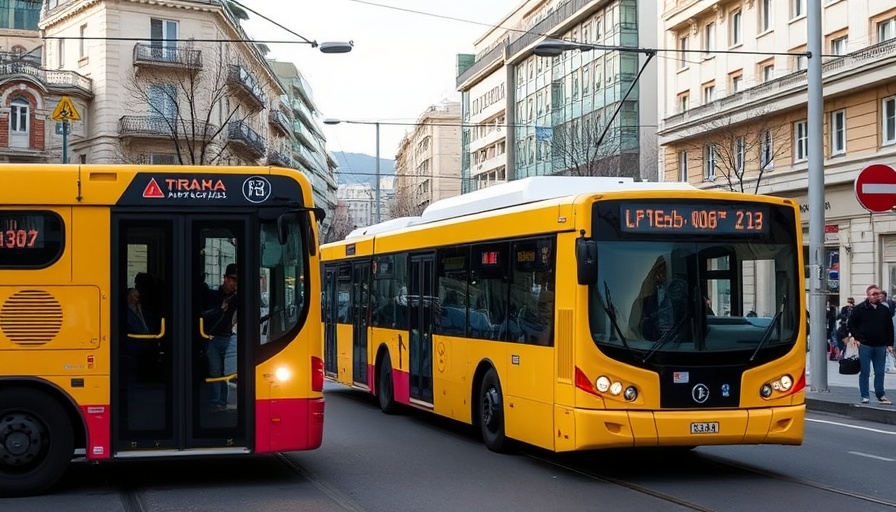Puerto Rico's Grid Crisis: April 2025 Blackout Exposes Systemic Failures and Solar Solutions
On April 16, 2025, Puerto Rico plunged into darkness as an island-wide blackout left all 1.4 million electricity customers without power. This latest crisis highlights the ongoing vulnerability of Puerto Rico's fragile power infrastructure and has intensified calls for renewable energy alternatives. As residents face temperatures without air conditioning during Holy Week celebrations, the blackout has become yet another chapter in Puerto Rico's ongoing energy saga.
The Immediate Impact
The blackout's timing couldn't have been worse—arriving during Holy Week, a culturally significant period for many Puerto Ricans. Beyond the 1.4 million customers without electricity, approximately 78,000 residents also lost access to water. Officials projected restoration would take 48-72 hours, leaving communities vulnerable during an important holiday period.
The economic consequences were immediate. The Caribbean's largest shopping center closed its doors, professional sports events were canceled, and hospitals reverted to emergency generator power. For a population with a 40% poverty rate, the lack of access to backup power sources left many vulnerable to extreme heat conditions.
A Pattern of Failure
This blackout didn't occur in isolation. It bears striking similarities to the New Year's Eve outage that occurred just months earlier at the end of 2024:
Both affected over a million customers
Both required multiple days to resolve
Both stemmed from similar root causes: aging infrastructure, unrepaired hurricane damage, and management issues
What makes the April 2025 blackout particularly troubling is that it occurred despite supposed reforms implemented after the 2024 incident. This pattern has deepened public distrust in Luma Energy (the grid operator) and Genera PR (the power generator), with residents taking to the streets demanding the termination of contracts with both companies.
A Legacy of Vulnerability
Puerto Rico's power challenges didn't begin with these recent outages. The grid has been in a precarious state since Hurricane Maria devastated the island in 2017, causing what became the largest blackout in U.S. history. Since then, a combination of climate change, fiscal neglect, and continued reliance on fossil fuels has kept the system vulnerable.
Dr. Cecilio Ortiz García, an energy researcher familiar with Puerto Rico's situation, notes that "the grid symbolizes both colonial neglect and institutional decay." For residents, this translates to damaged appliances, health risks particularly for the elderly and those with medical needs, and ongoing economic losses with each blackout.
Solar + Batteries: A Proven Solution
Amid this crisis, one solution has repeatedly demonstrated its effectiveness: rooftop solar systems paired with battery storage. During Hurricane Fiona in 2022, homes equipped with solar panels and batteries maintained power while the grid failed around them.
The promise of solar in Puerto Rico is compelling:
The island receives enough sunlight to theoretically meet four times its energy needs
Federal programs now cover costs for many low-income households
A modest 3 kW system (approximately $15,000) can power essential appliances like refrigerators, lights, and fans during outages
The adoption is already significant and growing rapidly. Over 100,000 Puerto Rican households have installed solar systems, with approximately 4,000 new installations occurring monthly.
Innovation Through Virtual Power Plants
One promising development is Luma Energy's Virtual Power Plant (VPP) pilot program. This initiative connects 6,500 home battery systems to supply 26 megawatts to the grid, reducing dependence on fossil-fuel peaker plants. Critically, participants maintain control over their battery reserves, addressing trust issues with the utility.
Solar advocate Javier Rúa-Jovet highlights that "Puerto Rico's existing 500 MW of rooftop solar capacity could effectively replace expensive and polluting peaker plants" if properly integrated into the grid system.
Challenges to Transformation
Despite progress, significant hurdles remain:
Federal funding for solar ($500 million) has been allocated but requires faster deployment
Legacy contracts with fossil-fuel providers continue to hinder the transition to renewables
Regulatory frameworks need updating to facilitate distributed energy resources
Moving Forward
Puerto Rico stands at an energy crossroads. The April 2025 blackout reinforces that the current centralized, fossil-fuel dependent system continues to fail residents. The alternative—a decentralized network of solar panels and batteries—offers not just electricity but resilience, dignity, and safety.
To achieve this transformation, three critical steps are needed:
Accelerated deployment of federal funding for widespread solar adoption
Reevaluation of contracts with private utilities that haven't delivered on modernization promises
Expansion of virtual power plant programs to create a hurricane-resistant energy ecosystem
As Puerto Ricans again navigate the darkness of another island-wide blackout, the path forward becomes increasingly clear: the island's energy future lies in harnessing its abundant sunshine, not in perpetuating a failing grid system built for a bygone era.
This analysis is based on reported information about the April 2025 Puerto Rico blackout. While efforts have been made to present accurate information, some details may require verification as the situation develops.
 Add Row
Add Row  Add
Add 


